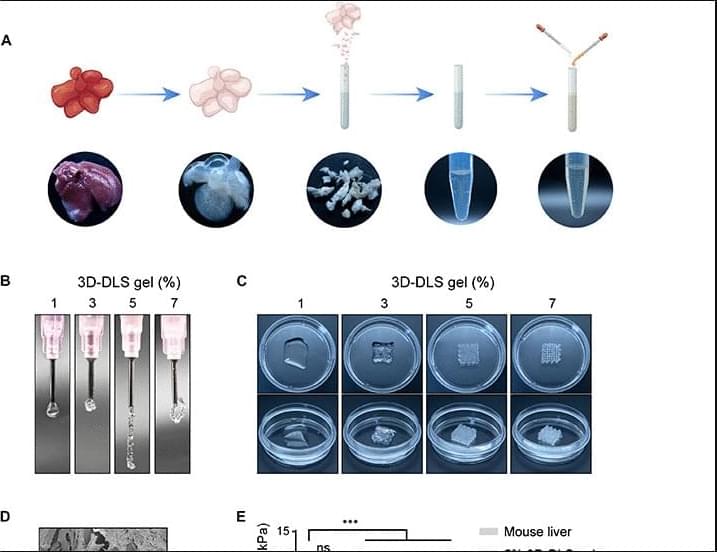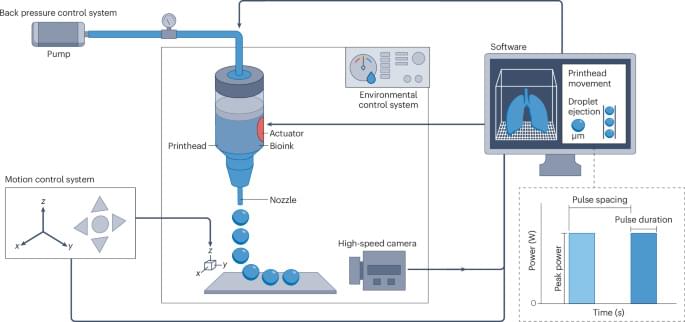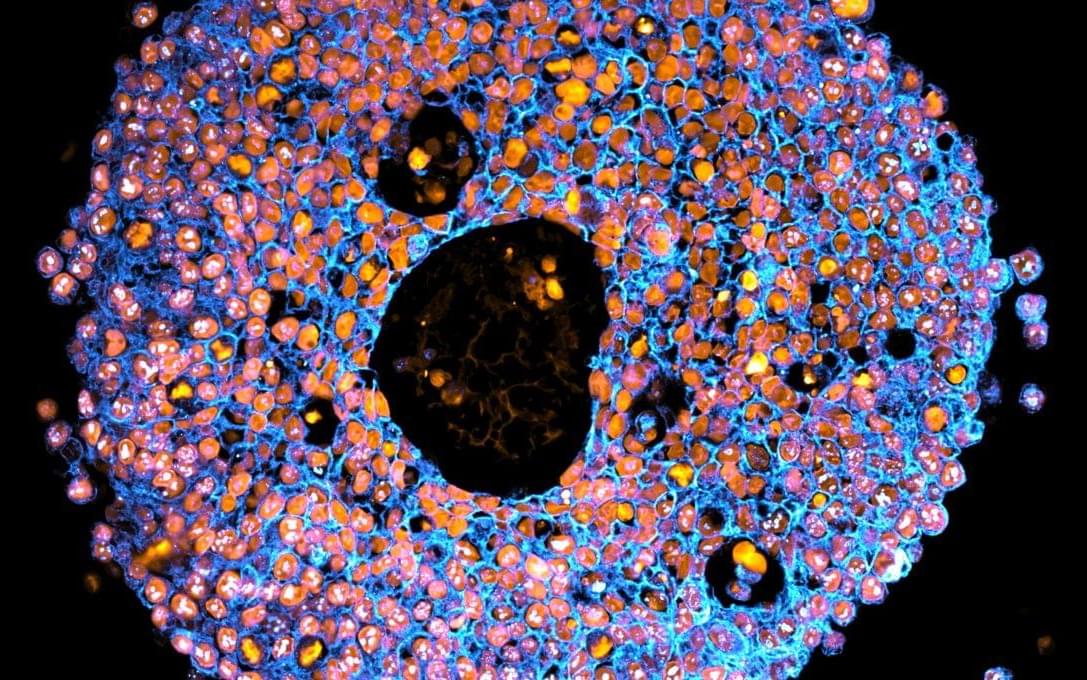Dive into the remarkable world of bioprinting in this comprehensive video. We’ll be exploring the core concepts of bioprinting — a pioneering technique that uses biological materials to create structures that mimic natural tissues, organs, and even cells. Understand the sophisticated science behind this process, and learn how bio-inks are formulated and layered to build live cells. We’ll also embark on a historical journey, tracing the origins and evolution of bioprinting, and how it is reshaping modern medicine. From overcoming organ shortages to paving the way for personalized treatments, bioprinting is revolutionizing healthcare. Join us as we unpack this fascinating technology and its promising future.
For more information on how patents can help drive your innovation.
visit https://www.patsnap.com/
From concept to commercialization, Patsnap’s innovation intelligence platform breaks boundaries to connect innovators with insights.
Follow us on social for more!
LinkedIn: / patsnap.
Facebook: / patsnap.
Twitter: / patsnap.
Instagram: / _patsnap.
PatSnap (UK) Limited (PatSnap) hereby disclaims all representations and warranties, express or implied, with respect to information, advertisements and all other ad-hoc materials published by us. PatSnap does not represent or warrant that the information accessible on this material is accurate, complete or current, and makes no claims or warranties of any kind, including the suitability of information, or merchantability and fitness for a particular purpose. It is the sole responsibility of the Recipient of such information to comply with all applicable laws, rules and regulations and they are responsible for meeting any regulatory, compliance and legal obligations. All due-diligence and vetting of services are the sole responsibility of the Recipient.



